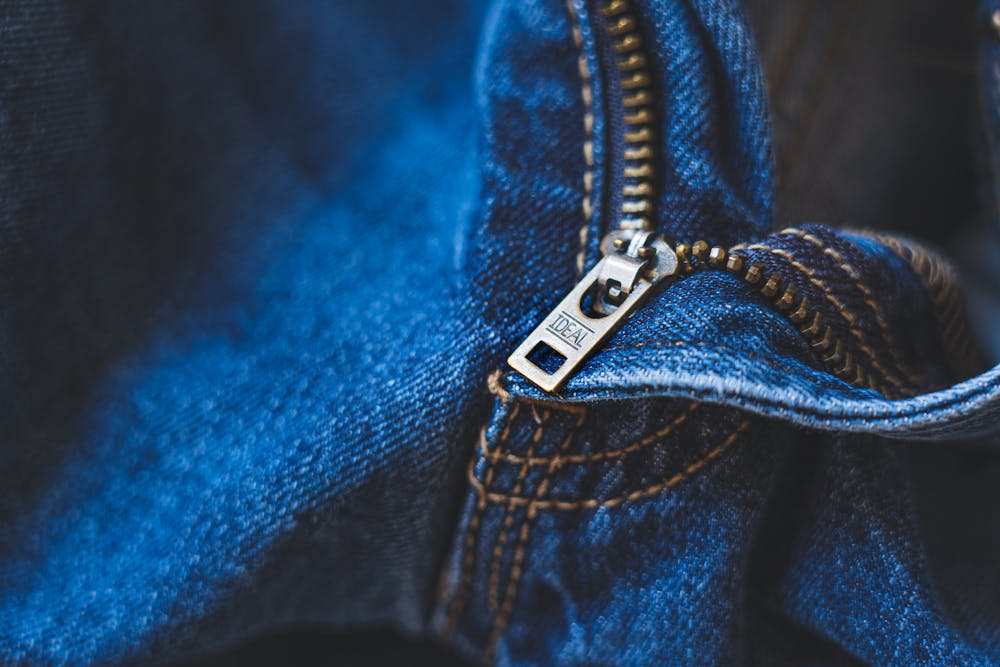There’s nothing more frustrating than pulling out your favorite sweater, only to find tiny holes scattered across it. Before you toss it in the donation pile or resign yourself to the loss, know this: repairing moth holes is entirely possible and, in many cases, easier than you think.
What causes moth holes?
Those mysterious little holes often show up long before we notice any actual moths flying around. The real culprits are the larvae of clothes moths, not the moths themselves. These larvae are drawn to natural fibers like wool, silk, and cashmere because they feed on the keratin in the fabric.
If garments are stored for long periods without being cleaned, especially if they contain traces of sweat or food, they become a perfect breeding ground. That’s why moth hole repair often starts with prevention. Knowing how these pests operate is the first step to stopping them.
Can moth holes be repaired?
Absolutely! Moth hole repair is not only possible, it’s often very satisfying. The method you choose depends on the size of the hole, the fabric involved, and the visibility of the area.
For small holes or less delicate fabrics, you can try a quick at-home fix. But for heirloom-quality items or more noticeable spots, you may want to take a more professional route. Either way, don’t assume the damage is permanent, many clothes can be saved.
What’s the difference between moth holes and friction holes?
Not every hole in your clothing comes from moths. Friction holes, like the ones that appear in the elbows of shirts or the inner thighs of pants, are caused by repeated wear and rubbing. These holes tend to have frayed or stretched edges, while moth holes are usually smaller and more precise, with clean edges that look almost like they were cut out.
Knowing the difference can help you choose the right repair method. After all, repairing moth holes in a cashmere sweater isn’t quite the same as patching worn-out jeans.
How can you repair moth holes?
Start by inspecting the garment under good light to find all the holes, not just the obvious ones. Then gently clean the piece to make sure there are no remaining larvae. Once you’re ready, choose the technique that best suits the material and the size of the hole.
The best part of moth hole repair is that it doesn’t require fancy equipment, just a little time, patience, and care.
Hand sewing small holes
For tiny holes on woven fabrics, simple hand stitching can work wonders. Use a fine needle and a thread that matches the color of the fabric. Carefully pull the edges of the hole together and stitch using tiny, even movements.
This technique is perfect for cotton shirts, lightweight wool, or blended fabrics. Hand sewing is one of the most discreet ways of repairing moth holes, and with practice, your stitches will become nearly invisible.
Using fusible interfacing or patches
If sewing feels intimidating, or if the fabric is fragile, fusible interfacing might be your new best friend. This technique involves using heat (usually from an iron) to bond a lightweight piece of interfacing behind the hole. It stabilizes the area and keeps the hole from getting worse.
For thicker garments, like jackets or coats, you might opt for decorative patches. These not only cover the hole but can add character to the piece. It’s a simple, fast form of moth hole repair, and it holds up surprisingly well in daily use.
Darning for knits and wool
Darning is a more traditional method, but it’s still incredibly useful, especially for knits. You’ll need a darning needle, thread or yarn that matches your garment, and a darning egg or mushroom (though a spoon or lightbulb can work in a pinch). Weave the thread horizontally and vertically over the hole, almost like a mini loom, to recreate the fabric’s structure.
Darning takes a bit more time, but it’s one of the most durable methods for repairing moth holes, particularly in sweaters and socks.
When to call a tailor?
Sometimes, no matter how many YouTube videos you watch, DIY just won’t cut it. If the garment is delicate, expensive, or the hole is in a very visible area, like the chest or front of a dress, it’s often better to leave it to a professional. Tailors not only have access to specialty tools and techniques, but they can also reinforce the area so it doesn’t unravel again.
At Tailors Couture, for instance, we often work on moth hole repairs for clients who want their favorite garments to look flawless again. While many small fixes can be done at home, there’s real value in letting a tailor restore the garment professionally, especially if it holds sentimental or high-dollar value. Knowing when to hand it off is part of making smart wardrobe choices.



